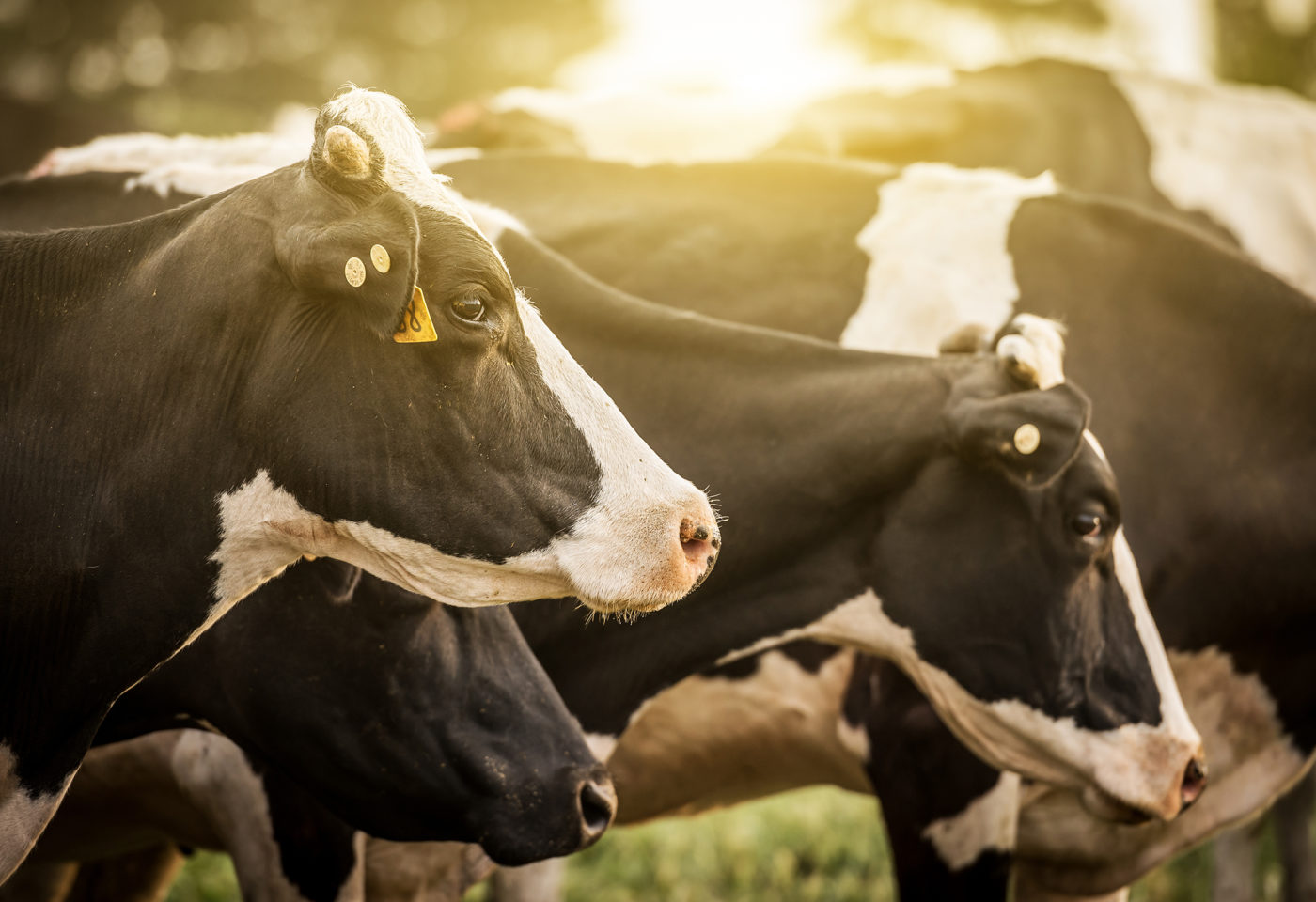In its talks to enter the Trans-Pacific Partnership trade agreement, Canada is under pressure to remove trade barriers to the dairy industry.
Some have questioned how big a political price the ruling federal Conservatives would pay for such concessions.
The short answer is, not much.
Data analysis suggests that only four ridings could be seriously affected, with a remote possibility of an additional five or six ridings under the most extreme scenarios.
For the Conservatives, the numbers indicate a likely potential loss of one riding, Lotbinière—Chutes-de-la-Chaudière, southwest of Quebec City. A less probable loss is in nearby Lévis—Bellechasse. There is also an ‘opportunity cost’ loss in the neighboring riding of Montmagny—L’Islet-Kamouraska-Rivière-du-Loup, where the PC candidate finished a close second to the NDP in the 2011 election. Here, the supply management issue could hurt Conservative hopes in a rematch.
The likely scenario is one outright loss and one ‘chance-to-take-a-seat’ opportunity not realized.
In the other two ridings where vote projections indicate a race that would likely be influenced by the dairy supply management issue, the fight is between the Bloc and the NDP.
In the six other ridings where supply management might be an issue under the most extreme scenario, four of those ridings are a fight between the Bloc and the NDP and one is a fight between the Liberals and the Bloc. The other is the PC-NDP Lévis—Bellechasse riding mentioned above.
How we estimated the votes
The table linked here, built on work done by Martha Hall-Findley, shows the numbers. We took the number of dairy farms in each riding and multiplied by 5.8, the average number of workers per farm (including owners) to get an estimate for the number of votes represented by each farm. Votes tied to the dairy farm supply chain were not factored in. Many of these votes would also be part of the agricultural farm chain and hence tied to farms that might benefit from the TPP or could be persuaded of its value during an election campaign.
The number of estimated dairy farm votes was subtracted from the margin of the last election to generate ridings that could be swayed by the supply management issue. This shows four ridings where the estimated dairy vote is greater than the margin of victory in the last election and six ridings where the dairy vote would move the margin of victory to less than 5,000 votes – an extremely generous definition of ‘might be affected’.
The estimated dairy votes are small compared to total registered voters and projected voters, based on percentage turnout. Equally interesting is how small the potential dairy vote is compared to the potential ‘other farmer’ vote.
This projection suggests that, rather than roll over and give up seats on the supply management issue, a better strategy for the Conservatives might be to target those ‘other farm’ voters with a frank message of how much is to be gained through the TPP, and what might be lost if it the TPP isn’t signed.
For all of the squawking in Alberta about the dangers of ending supply management, the reality is that opposition is centred in one riding – Wetaskiwin – but dairy farms are only about five per cent of all farms in the riding. For every farm that would be harmed by the TPP, there 19 that are not affected or could potentially benefit. Estimated dairy votes for this riding are 1,293 in a riding of 80,000 registered voters. With 46,000 voting the last election, potential dairy votes would have constituted just two per cent of all votes cast. (The margin of victory in the 2011 was close to 30,000 votes.)
Stories in the media do not fully portray the reality of the winners and losers. A few hundred or even a dozen protesting dairy and egg farmers make the news; a few thousand grain and canola farmers and a few thousand ranchers sitting in their kitchens figuring out how to ramp up production for new markets do not.
Getting the story out
How does that other story get out? A frank discussion with farmers who will benefit is a start; publicizing polling results might also help. But something has to be done; something other than rolling over and ceding the fight.
During the debates over the Canada-Colombia trade agreement in the mid-2000s, I argued that the Americans were worried that Canadian wheat farmers would take US$100 million a year in sales from U.S. farmers if Canada signed its agreement and the U.S. did not. The same concern, but in reverse, applies to the TPP today. Wheat demand in Malaysia, for example, has increased in the past two decades and is climbing.
And then there are the 127 million even richer consumers in Japan, also a likely TPP member, and a country with which Canada does not have trade agreement. TTP countries are also booming markets for dairy products and there is no reason that Canadian product could not eventually join Australia and New Zealand in these markets.
It’s clear, Canada’s farmers stand to gain much more overall by becoming a partner in the TPP, even if some dairy farmers feel short-term pain.
— By Carlo Dade, Director of the Centre for Trade & Investment Policy
